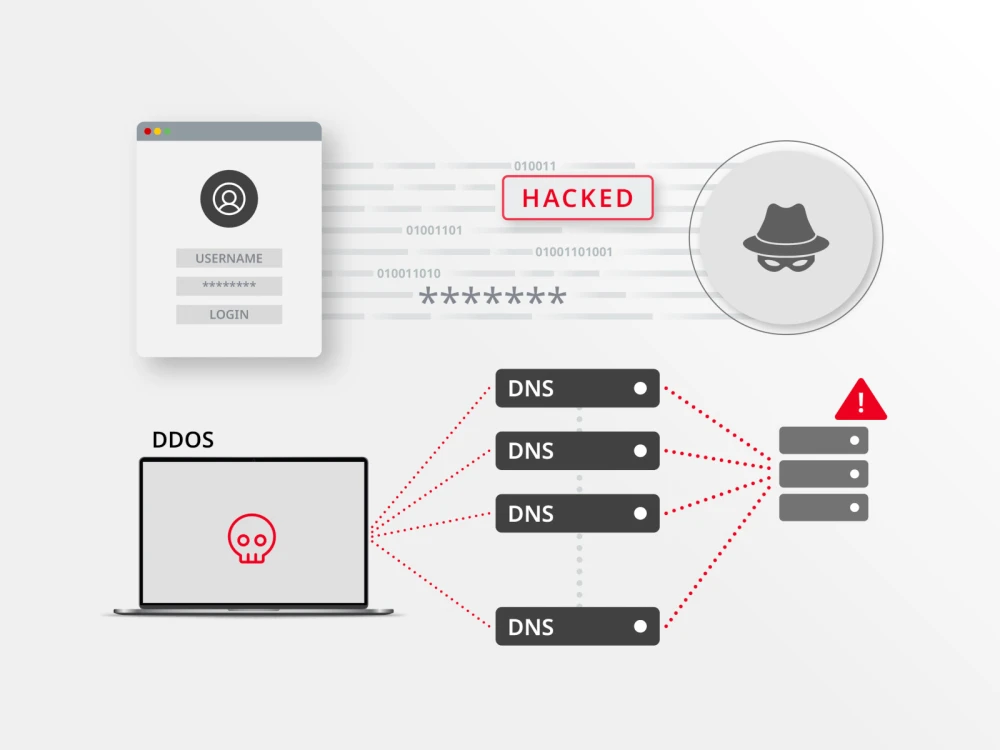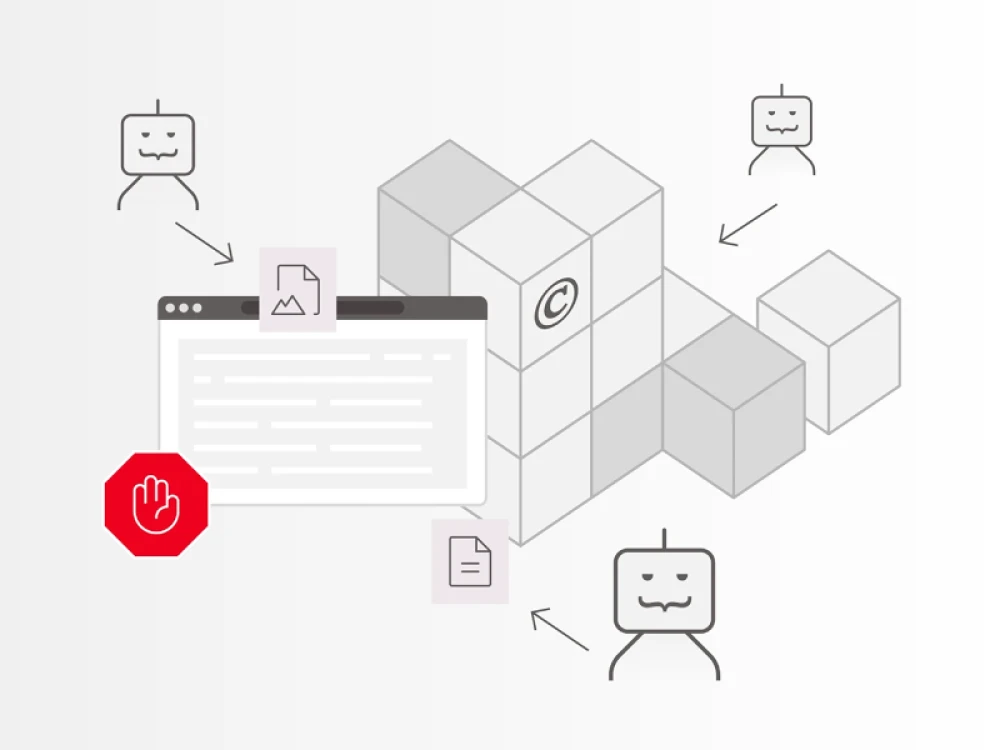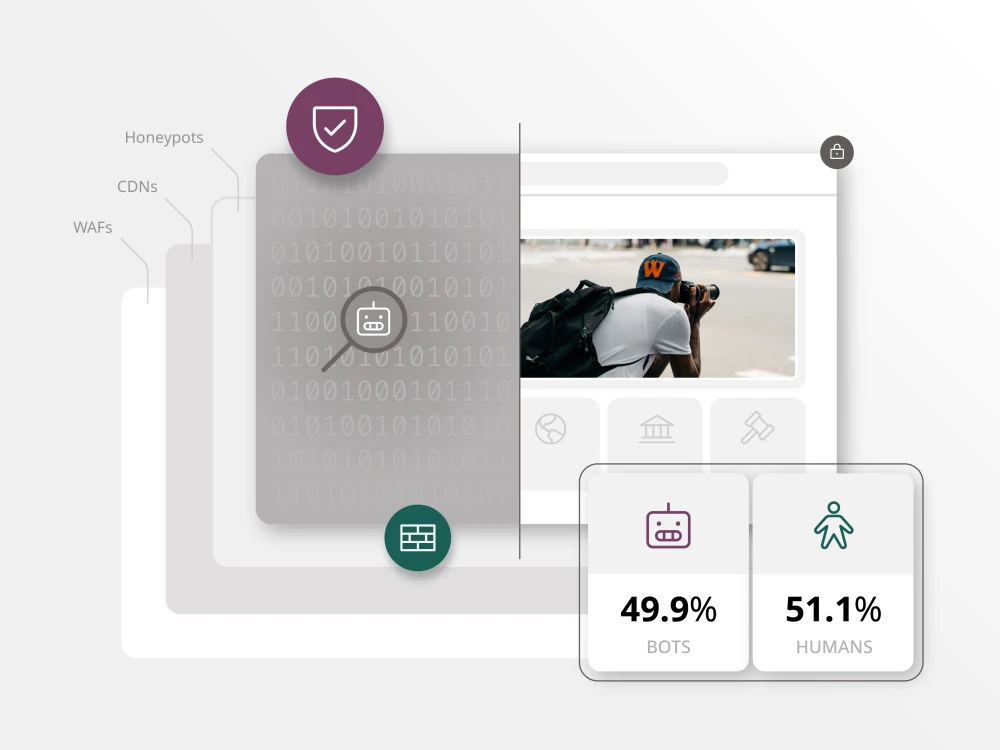By June 28, 2025, all new digital products and services targeting users in the European Union must meet accessibility requirements under the European Accessibility Act (EAA). For digital and technical leaders, this marks a crucial moment to assess whether your websites, apps and digital experiences are not only legally compliant but genuinely inclusive.
If your business operates online in the EU, this regulation applies to all but a few exempted experiences (such as micro-enterprises or in cases where compliance with the directive requires a substantial change in the basic nature of the product or service). And it goes far beyond a checkbox exercise. Accessibility touches every layer of the digital experience — from design systems and publishing workflows to code structure and testing protocols. Here’s what your team needs to know and do before the 2025 deadline hits.
Barriers to access can be permanent, but they can also be temporary or contextual.
Understanding the European Accessibility Act
The European Accessibility Act is a wide-reaching EU directive aimed at ensuring equal access to digital products and services for people with disabilities. It applies to both public and private sector entities offering digital experiences to EU consumers. The goal: eliminate barriers that prevent equitable use of technology.
For web and application teams, this means your digital content must follow the Web Content Accessibility Guidelines (WCAG) 2.1 at the AA level. That includes everything from ensuring text alternatives for media to proper keyboard navigation, color contrast, form labeling and more.
For global businesses, this raises the stakes. If your digital presence is available to EU users, your compliance obligations apply regardless of where your development teams sit or business is located. There are country-specific penalties, and it is both public and private sector.
The EAA affects all businesses with customers in the EU. There are country-specific penalties for noncompliance, and it is both public and private sector.
What WCAG 2.1 AA compliance means for your team
WCAG is built around four core principles: content must be perceivable, operable, understandable and robust. In practice, that means:
- Providing alt text for images and meaningful labels for form elements
- Designing layouts that support screen readers and keyboard-only use
- Ensuring content is clear, consistent and easy to navigate
- Using code that supports assistive technologies and won’t break in future environments
The 2.1 AA level of compliance is considered the industry standard, addressing most critical accessibility issues for people with vision, hearing, motor or cognitive disabilities. For digital buyers and developers alike, this should be your team’s default accessibility target moving forward.
It’s worth noting that accessibility is not just for individuals with permanent disabilities that affect, say, visual or aural access.
Rebecca Grad, Brightspot Principal QA Engineer and lead accessibility tester on various Brightspot projects, notes that accessibility impacts us all: “Barriers to access can be permanent, but they can also be temporary or contextual. All of us at some point are going to need a little extra support from our technology.”
“When you design with equity in mind, really everybody benefits,” Rebecca continues. “We’re not just following some guidelines, we’re living our mission.”
Failing to comply carries real risks
With the EAA, accessibility enforcement is becoming more rigorous across the EU, with each member state responsible for setting and applying its own penalties for non-compliance. This could mean public notices, fines or even lawsuits depending on the market. The WCAG 2.1 AA standard will be the baseline for the EAA, but individual countries may impose different requirements and remedies, which means it could become stricter and entail different sanctions on a country-by-country basis.
But beyond legal exposure, accessibility failures come at the cost of usability, reputation and market reach. An estimated 1.3 billion people — roughly one in six worldwide — live with a disability. In the U.S. alone, the disabled population represents more than $1 trillion in annual disposable income.
Digital platforms that fail to accommodate this audience lose out, not just ethically but commercially.
“It’s really a market that no business can afford to ignore,” Rebecca Grad points out.
No one should be left out just because of how they see, hear, move or process information.
No one should be left out just because of how they see, hear, move or process information.
Inside Brightspot’s accessibility audit process
Brightspot is working to help customers identify and close gaps. “With the EAA coming out, each country is setting up its own policies and enforcement,” says Rob Lazorchak, Brightspot’s Senior Director of QA Engineering. “We’re trying to get ahead of it by helping customers identify patterns and build strong response plans.”
Examples of issues customers may have include:
- Code issues: missing ARIA labels, non-semantic HTML, lack of keyboard focus states
- Publishing issues: absent alt text, unclear link descriptions, content hierarchy inconsistencies
- Design issues: poor contrast ratios, non-intuitive navigation, inaccessible color choices
One success story came from one of Brightspot’s customers in the pharmaceutical and life-sciences sector, which operates many websites for countries throughout Europe. Through close collaboration between product, QA and engineering teams, Brightspot reduced the number of serious accessibility violations on a single page from 46 to zero. The improvements were validated through screen reader testing, manual tabbing, automated scans and color contrast evaluations.
That experience reinforced an important point. Accessibility isn’t the responsibility of one team. It’s a cross-functional effort that should be embedded into every phase of digital production.
When a customer asks, ‘Is my site accessible?’, we want to be able to say yes with confidence. That means having the tools, the trained people and the right processes in place.
Accessibility is a long-term commitment, not a one-time fix
For digital and tech leaders, the EAA should trigger more than a compliance review. It’s an opportunity to bake accessibility into the foundation of your digital architecture.
Here are a few ways to get started:
- Audit your current digital experiences: Use both automated tools and manual testing with assistive tech to identify issues. Prioritize fixes based on severity and user impact.
- Educate your teams: Train developers, designers and content creators on WCAG standards and accessibility best practices. Accessibility isn’t just a dev task — it’s editorial and visual, too.
- Invest in accessible-by-default tooling: Choose a CMS or publishing platform that supports accessible templates, built-in validation and workflow prompts for accessibility metadata like image alt text.
- Establish an accessibility governance model: Define clear roles, responsibilities and KPIs for accessibility. Include it in QA checklists and release processes.
- Document and communicate progress: Accessibility improvements should be visible and trackable, with clear communication to stakeholders about what’s being done and why.
Preparing for the EAA — and beyond
If your organization does business in Europe, your organization should ensure it’s ready for the EAA. It’s about building digital experiences that are more usable, discoverable and inclusive by design.
For digital leaders, the EAA raises procurement-level questions: Is our platform fit for purpose across all users? Are we prioritizing vendors who meet accessibility expectations out of the box?
On the technical side, the EAA is a signal to elevate accessibility from a low-priority fix to a product requirement. It’s not just about completing audits — it’s about engineering with empathy and scale.
Closing thoughts: Accessibility is good business and the right thing to do
The European Accessibility Act puts new pressure on digital teams — but it also brings overdue clarity. Inclusive design is no longer a nice-to-have. It’s the standard.
“No one should be left out just because of how they see, hear, move or process information,” Rebecca Grad observes. “The more inclusive we are from the start, the better off everybody is.”
Getting in alignment with the EAA’s mandate means taking a hard look at your current infrastructure, identifying gaps and empowering your teams to do better. Whether you’re redesigning a product or evolving an enterprise CMS, accessibility must be part of the conversation.
The digital future will be accessible. The only question is whether your business is ready.











